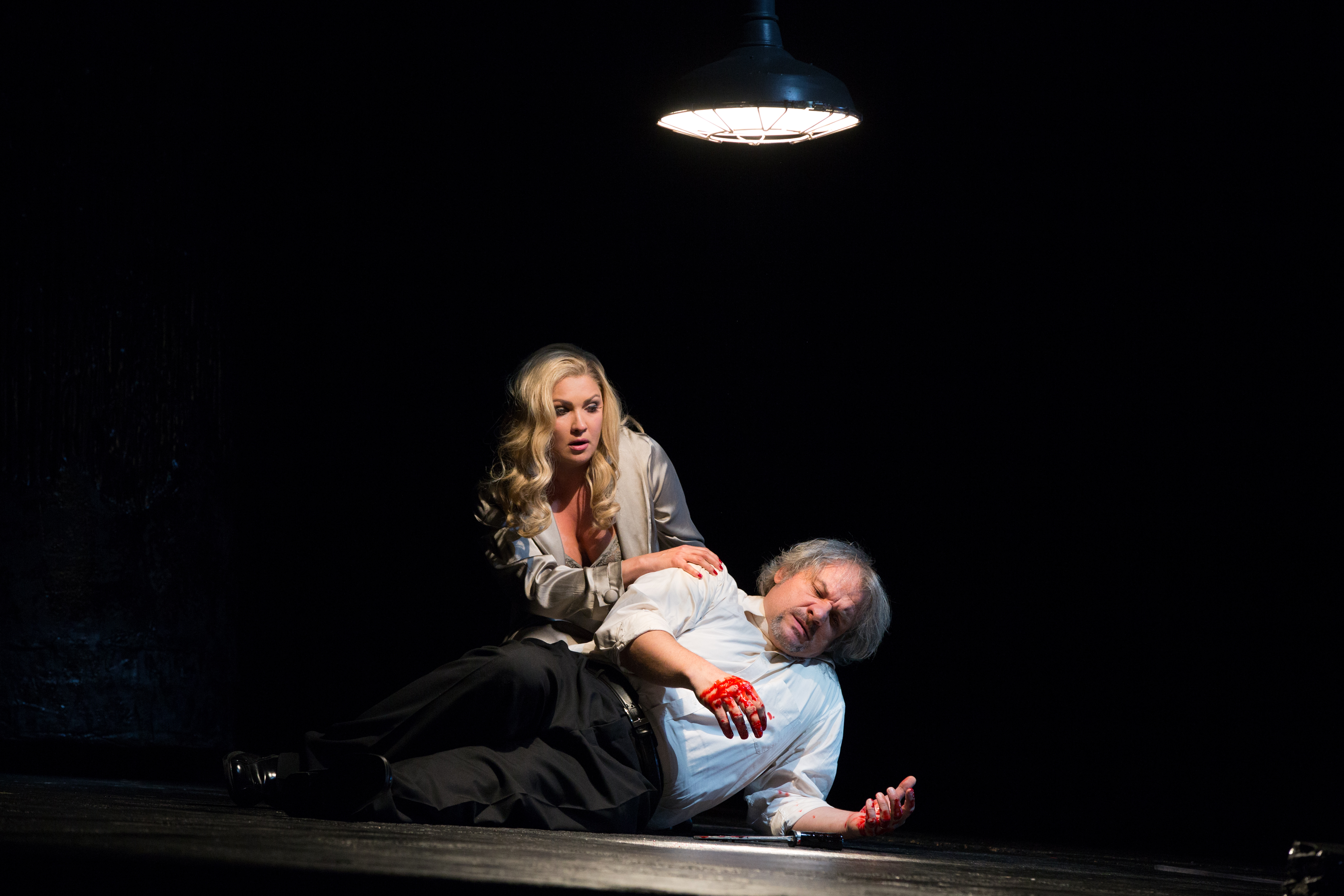A subtle change is sweeping the Washington wine marketplace. Some attribute it to widespread availability of cheap wines from Chile and Argentina. Others see the cause closer to home, in an oversupply of good grapes due to optimistic overplanting. Others still (chiefly winemakers eyeing profits) put a name to the problem and curse Walla Walla wine impresario Charles Smith and his niftily promoted and wildly successful “House Wine.”
There have always been decent Washington wines available at decent prices. What’s changing is not the price per bottle but the quality of what’s inside the bottle: It’s on the rise. Take “House Wine” for example: Smith tells buyers right up front that every batch is going to taste somewhat different, as he blends the best fruit he can buy at the price he’s willing to pay. What doesn’t change is the price: $12 a bottle, $10.80 per bottle in a case of 12, and under $9 if you happen to spot it at Costco. Something else doesn’t change: Whatever the batch, Smith guarantees you a real bottle of wine—with a nice nose, a good impact on the palate, smooth follow-through, and an agreeable aftertaste.
Smith was not the first to boost quality while keeping price down (though he’s the first Walla Walla vintner to break with the unspoken Walla Walla mantra “keep the price up or they won’t respect us”). Since 1983, Columbia Winery has produced its vintage Cellarmaster’s Riesling, always a bit on the sweetish side but with enough acid to give it some zip—enough, in fact, to make it age-worthy. Find another $8–$11 white that you can lay down to mature.
Waterbrook Winery is a reliable producer of midprice ($20 or so) Washington reds, but it’s almost shocking to come across their 2004 sauvignon blanc, a great big juicy $10 white (a good $2 less expensive than their ’03) that compares favorably with some star Washington products like Ecole 41’s $18 barrel-fermented sémillon, and doesn’t even have to bow before Buty’s kingly $28 sémillon-sauvignon blend.
It should be easier for big-production wineries to deliver first-rate lower-end bottles, and often they do, along with a good deal of respectable swill. But this year Hogue has outdone itself with two little screw-top wonders in the $9–$10 bracket that rate right up there with wines two to three times the price. The ’03 merlot is so hefty you’d mistake it for a young cab, while the cab is so rich in plummy flavors that it could keep an expert taster guessing.
Of all the cheap—pardon me, bargain—wines I’ve tasted this spring, none surprised and delighted me like Ste. Michelle’s bottom-of-the-line ’04 riesling. It lists at $8, you find it all over for $7, and it’s the first inexpensive Washington riesling to risk being dry. Not bone dry, nobody’s ready to risk that yet, but dry enough that people who think of rieslings as cloying fruit-ades may learn for the first time that this is a noble, noble grape, noblest of the whites. Go, buy. It’s $7, what can you lose?







